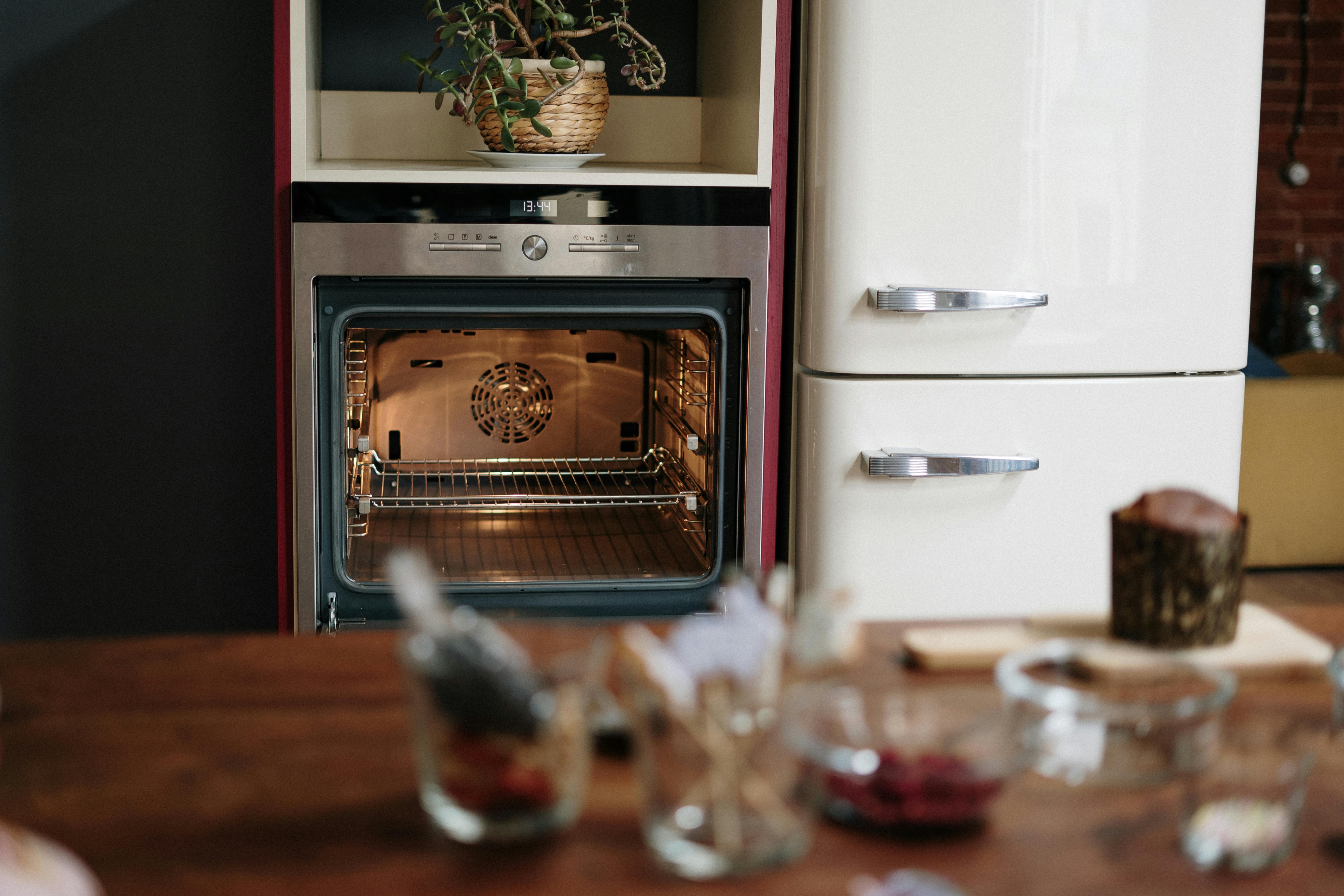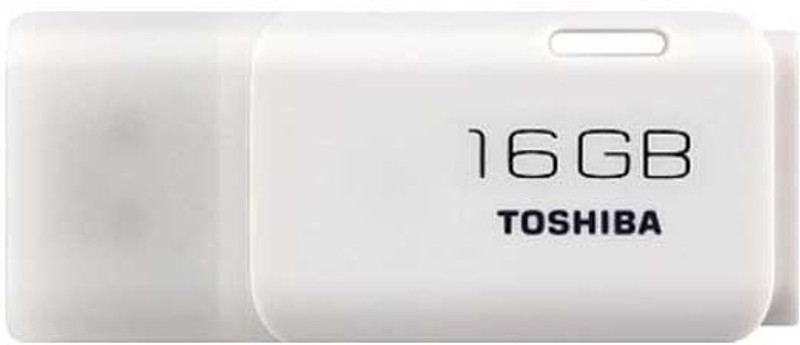Why Your Cakes Burn At The Edges: And How To Use An OTG The Right Way

There's nothing quite like the smell of a freshly baked cake wafting through the kitchen, but it's enough to break your heart when you pull it out of the oven only to find those dreaded burnt edges. Whether you're trying to bake a decadent chocolate cake or a simple vanilla sponge, the outcome can often be frustrating when your OTG, the workhorse of the kitchen, lets you down. You might be wondering, why does this always happen? Is it your recipe? Your technique? Or is it something to do with how you're using your OTG?
Well, fear not, because you're not alone. Many home bakers struggle with this common problem, and thankfully, it's usually an easy fix. In this article, we'll explore the likely causes of your burnt cake edges and arm you with practical tips on how to use your OTG more effectively, ensuring your cakes come out evenly baked every single time.
1. Overheating Your OTG: The Silent Culprit
Most of us are guilty of preheating our OTGs to what we assume is the perfect temperature, but here's the kicker: OTGs often run hotter than their settings indicate. This means your cakes can start baking too quickly on the outside, causing those crispy edges before the inside has even had a chance to cook. Think of it as the cake equivalent of a sunburn, crispy, burnt edges with a raw centre.
The fix? Invest in an oven thermometer to get an accurate reading of your OTG's temperature. It'll help you keep things under control and ensure your cakes bake at the right temperature. A good rule of thumb is to set your OTG's temperature a little lower than the recipe suggests, then check your cake's progress halfway through. Slow and steady wins the race!
2. Positioning The Cake In The Wrong Spot
Another common mistake is placing your cake too close to the heating elements. If your cake is positioned too high or too low, the heat distribution will be uneven, leading to burnt edges. It's similar to getting too close to the campfire; while the warmth is nice, the scorching heat can make your face suffer.
To solve this, always place your cake in the centre rack of the OTG. This ensures even heat distribution, allowing your cake to bake from all sides. Think of the OTG as your personal baking stage, and your cake needs to be front and centre for the best performance!
3. Choosing The Wrong Bakeware
Bakeware material matters more than you think. Dark-coloured pans absorb more heat, which can cause the edges of your cake to burn quickly, even if the centre is still undercooked. On the flip side, lighter-coloured pans reflect heat, offering a more even baking experience. It's like wearing a black T-shirt on a hot summer day versus a white one; one will make you sweat, and the other will keep you cool.
Switch to lighter-coloured, preferably shiny aluminium pans for a better outcome. If you prefer a non-stick pan, make sure to line it with parchment paper or a bit of butter to avoid sticking, but also to give it a bit of protection from the heat.
4. Not Rotating the Cake Midway
If your cake pan is on one side of the OTG, the heat distribution might not be even enough to ensure that a perfect golden brown texture all around. The heat source in many OTGs is typically located at the top and bottom, causing uneven baking.
Here's the solution: halfway through baking, give your cake pan a gentle 180-degree turn. This will help it bake more evenly by allowing the heat to be distributed throughout. A little spin goes a long way in creating that beautiful, evenly baked cake.
5. Using the Wrong Heat Setting for the Job
Your OTG might come with various heat settings like convection, top heat, bottom heat, and grill. Each one serves a different purpose, but if you're not using them correctly, you may end up with baked goods that don't turn out as planned. For cakes, you should use the convection setting, which circulates air and promotes even heat distribution. Top heat alone will scorch the top, while bottom heat might result in undercooked tops with overdone bottoms.
So, make sure you set your OTG to the right mode. Trust me, convection is your friend when baking cakes. If you don't have a convection option, consider using both top and bottom heat with the temperature set slightly lower than recommended.
6. Opening the Door Too Often
As tempting as it is to peek inside your cake to see how it's progressing, opening the OTG door too often lets out hot air and causes temperature fluctuations, which can result in an uneven bake. Think of it as trying to keep your room warm while constantly leaving the window open, it's just not effective.
Instead, give your cake time to bake without interruptions. Only open the door when necessary, preferably towards the end of the baking time when you're checking for doneness with a skewer or toothpick.
7. Incorrect Cake Batter Consistency
You might not realise it, but the consistency of your cake batter can also impact how it bakes in your OTG. If your batter is too thick, it can bake unevenly, leading to burnt edges and raw centres. Similarly, a runny batter might spread too thin and bake too quickly at the edges, leaving the middle undone.
To avoid this, make sure your batter is the right consistency, smooth but not too runny. If in doubt, check the recipe again or adjust the wet and dry ingredients to find the perfect balance.
Also Read: Make Crispy Snacks Easy With AGARO, Pigeon, Bajaj, Kutchina, Wonderchef Oven Toasters: 8 Reasons Why
8. Not Letting Your OTG Cool Down Between Bakes
If you've just baked one cake and are planning to bake another, you might be tempted to pop it straight back in while the OTG is still hot. However, the residual heat from the previous bake can affect the outcome of the next one, especially if you're baking something delicate like a cake.
Let your OTG cool down for a few minutes between bakes to ensure that each cake gets the same even heat treatment. It's like hitting reset to make sure the next batch gets the perfect treatment.
Products Related To This Article
1. Pigeon 20-Litre Oven Toaster Grill (OTG)
2. BAJAJ 16-Litre Oven Toaster Grill (OTG)
3. Pigeon 25-Litre with Rotisserie Oven Toaster Grill
4. iBELL 40-Litre Oven Toaster Grill
5. WONDERCHEF 48-Litre Oven Toaster Grill (OTG)
6. Prestige 19-Litre Oven Toaster Grill (OTG)
7. USHA 29-Litre Oven Toaster Grill (OTG)
8. Morphy Richards 48-Litre Oven Toaster Grill (OTG)
There's no need to be intimidated by the possibility of burnt edges. By understanding the common pitfalls that lead to uneven baking and following the tips outlined in this guide, you'll be on your way to mastering your OTG and baking the perfect cake. Remember, consistency is key, whether it's checking the temperature, rotating the cake, or choosing the right pan; each step plays a part in achieving that flawless bake.
Next time you fire up your OTG, take a deep breath and embrace the process. After all, every baker experiences a mishap or two. With a bit of patience and these pro tips, you'll soon be baking cakes with beautifully even edges and soft, moist centres that melt in your mouth.
Disclaimer: The images used in this article are for illustration purpose only. They may not be an exact representation of the products, categories and brands listed in this article.





























